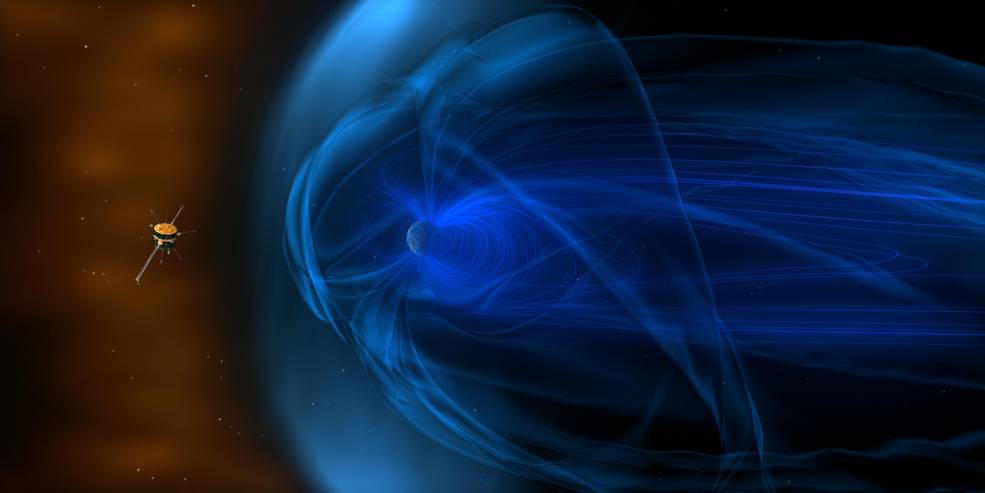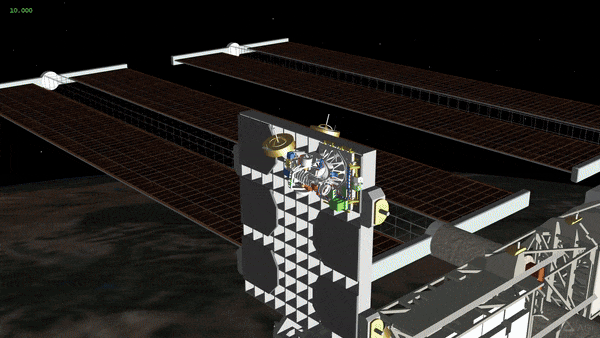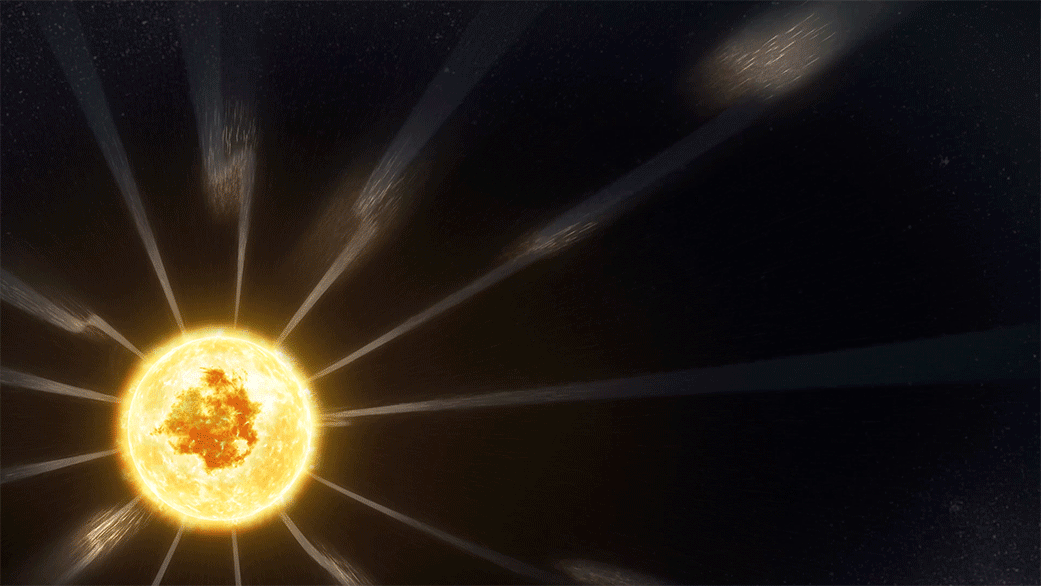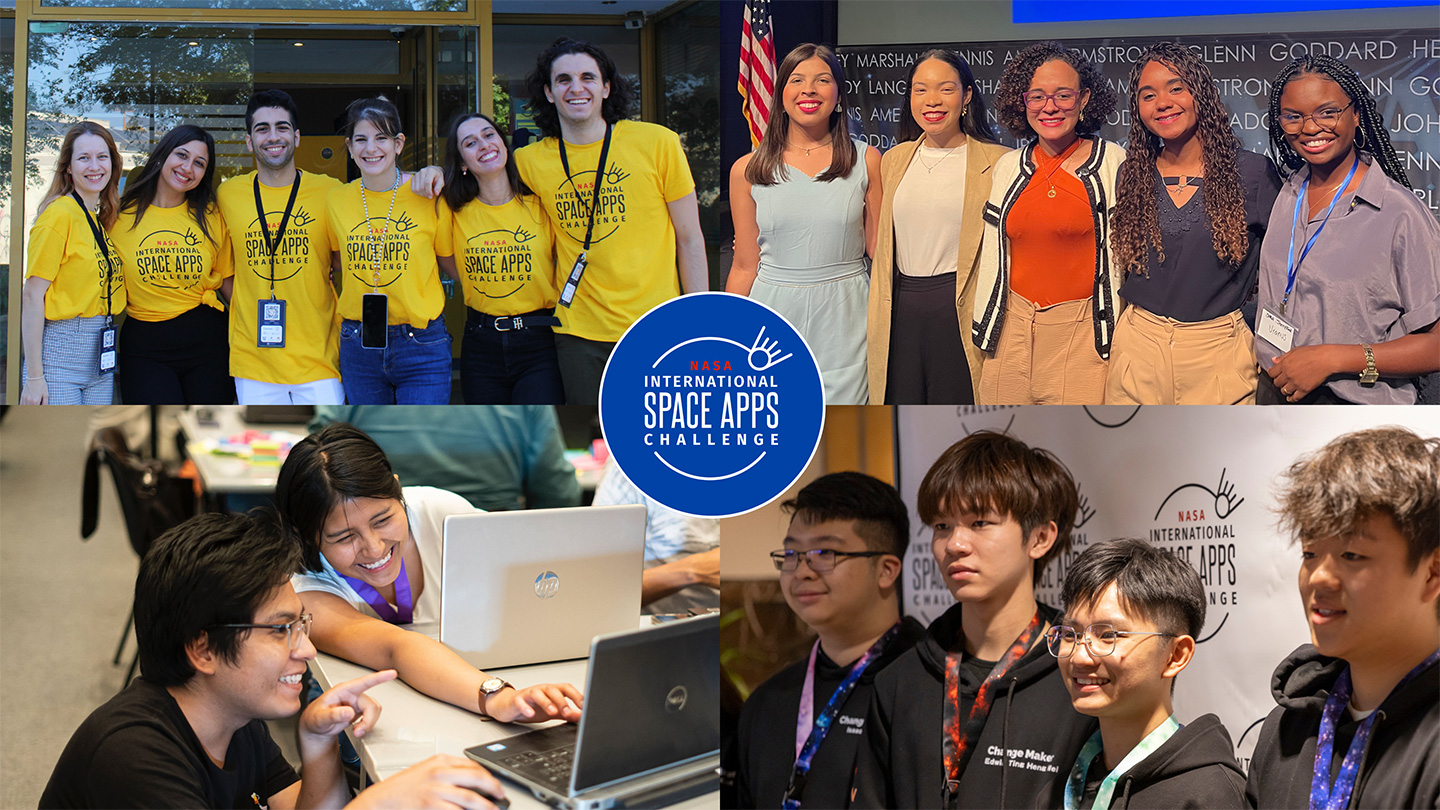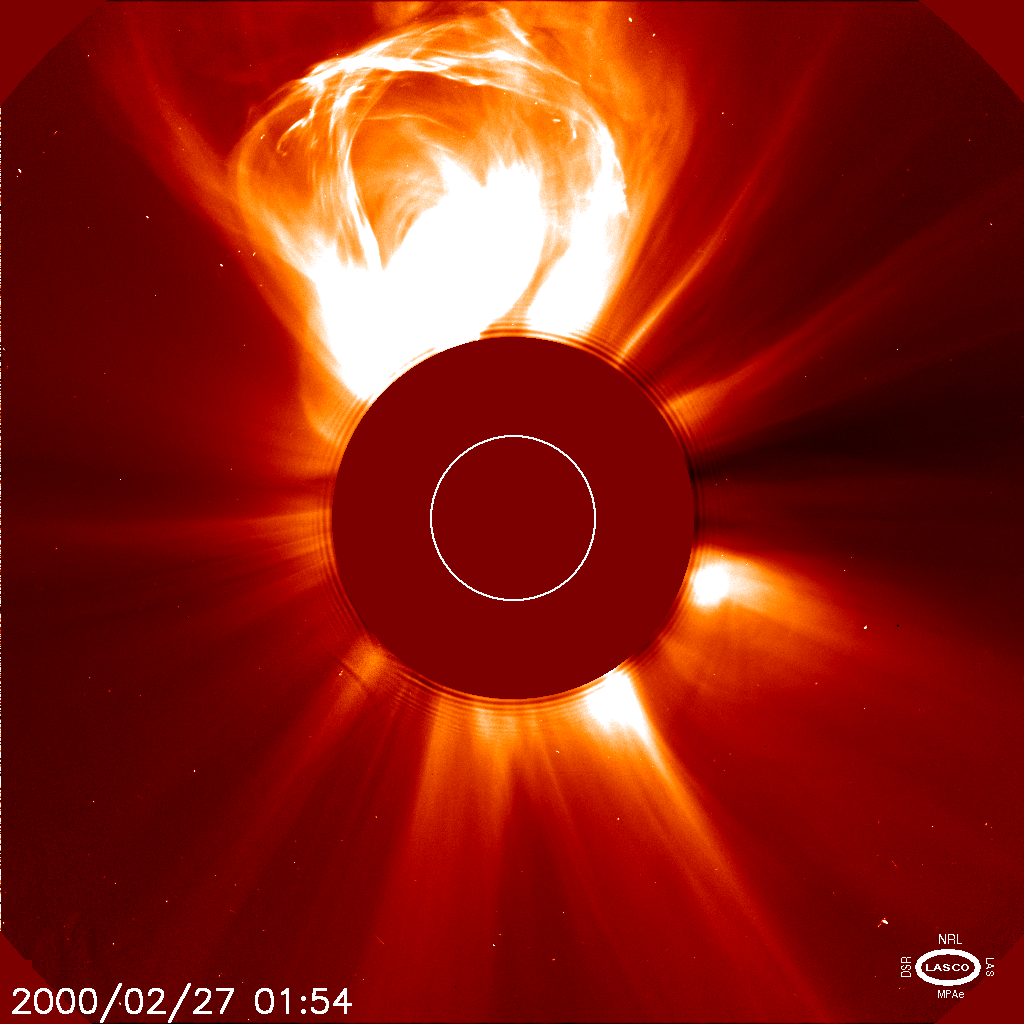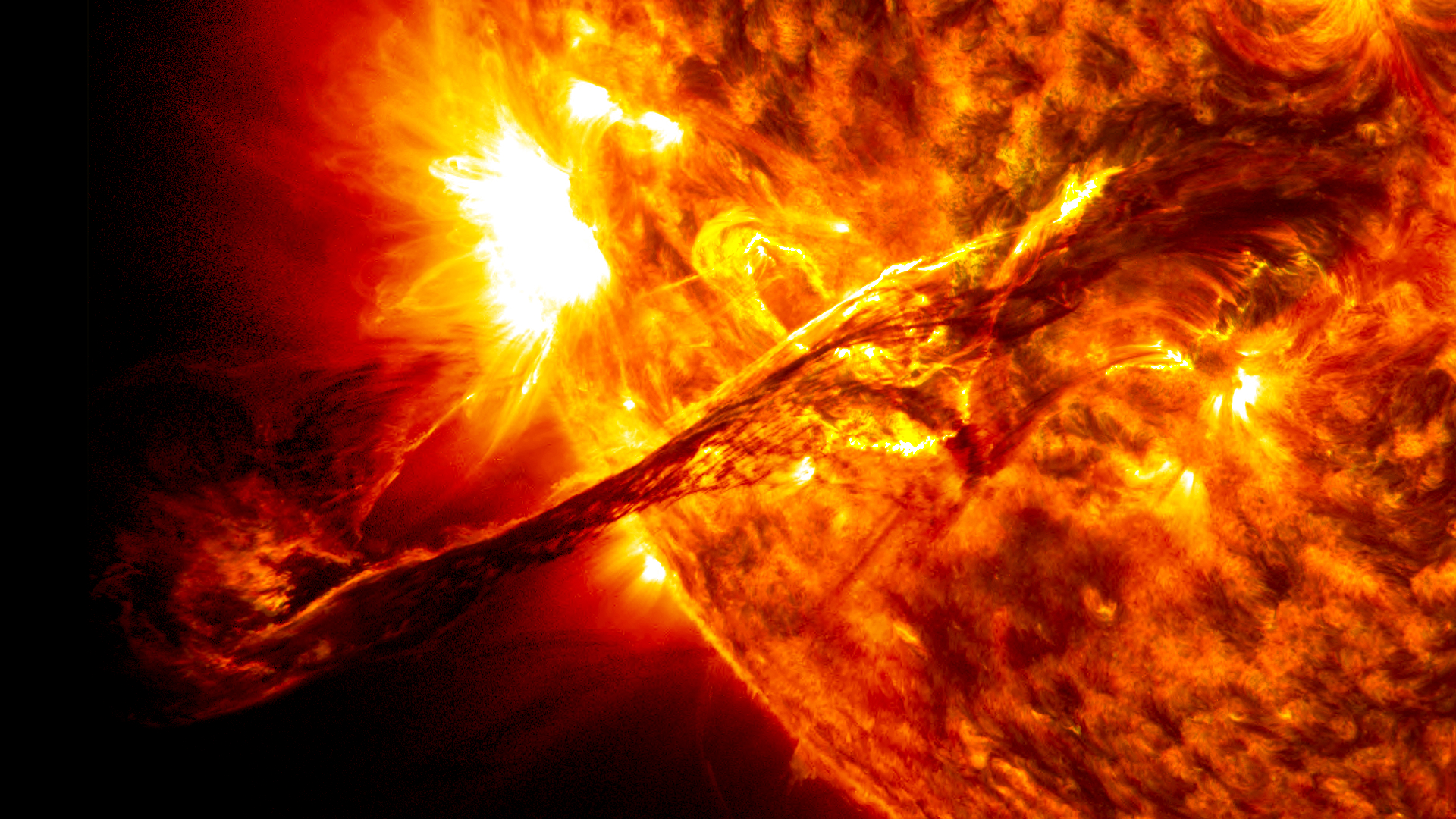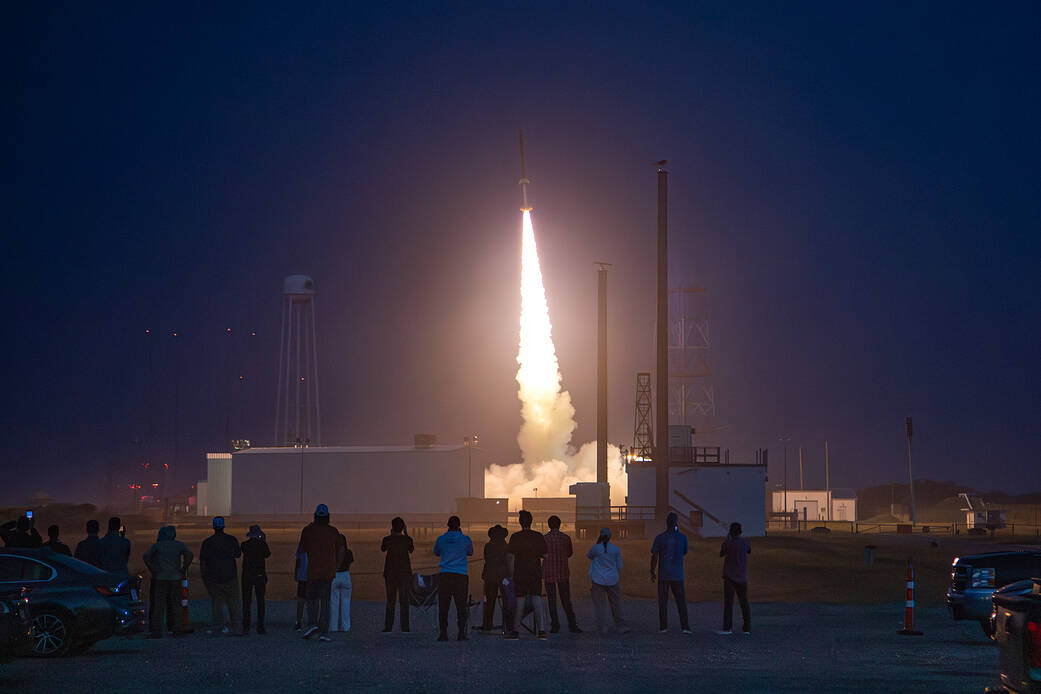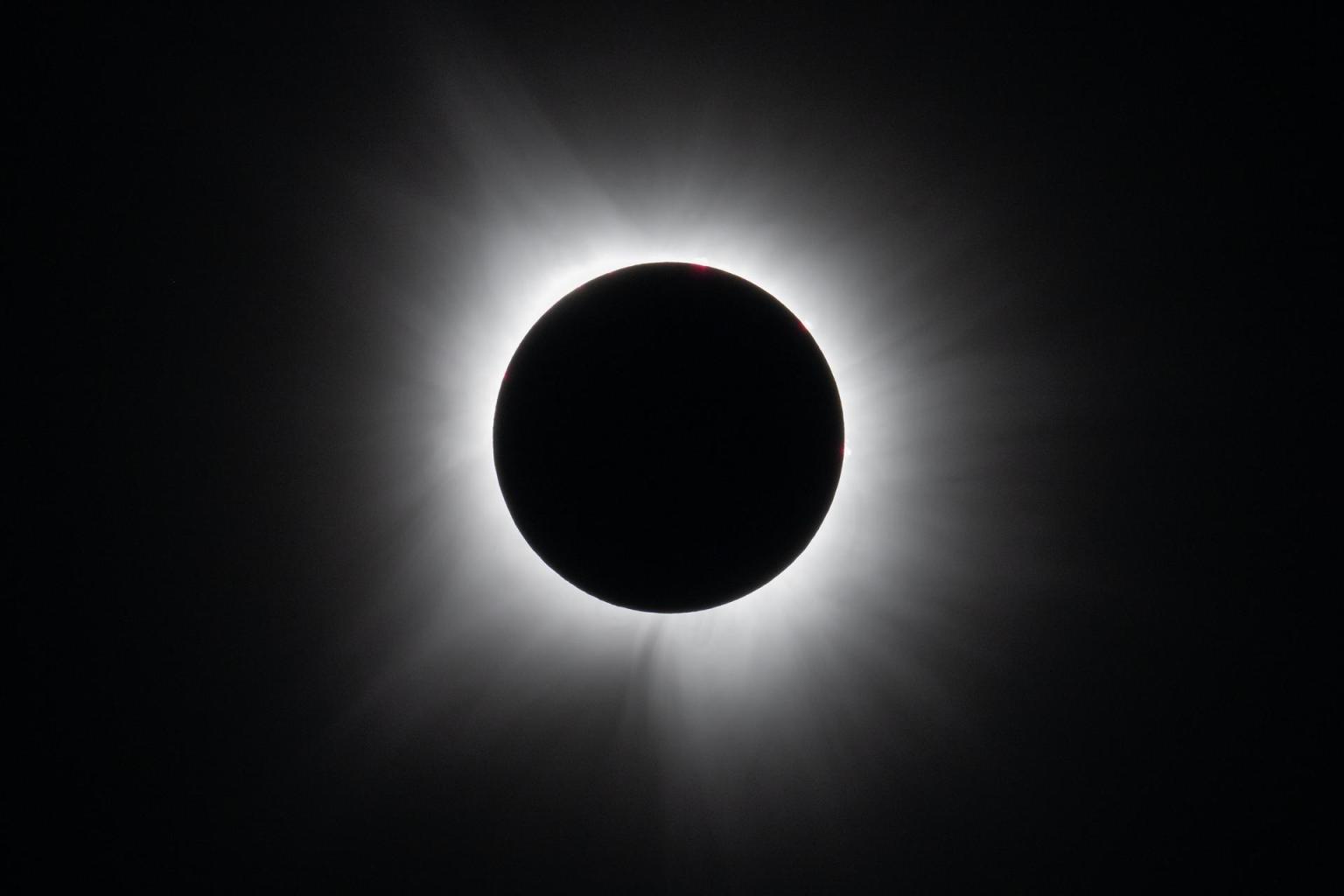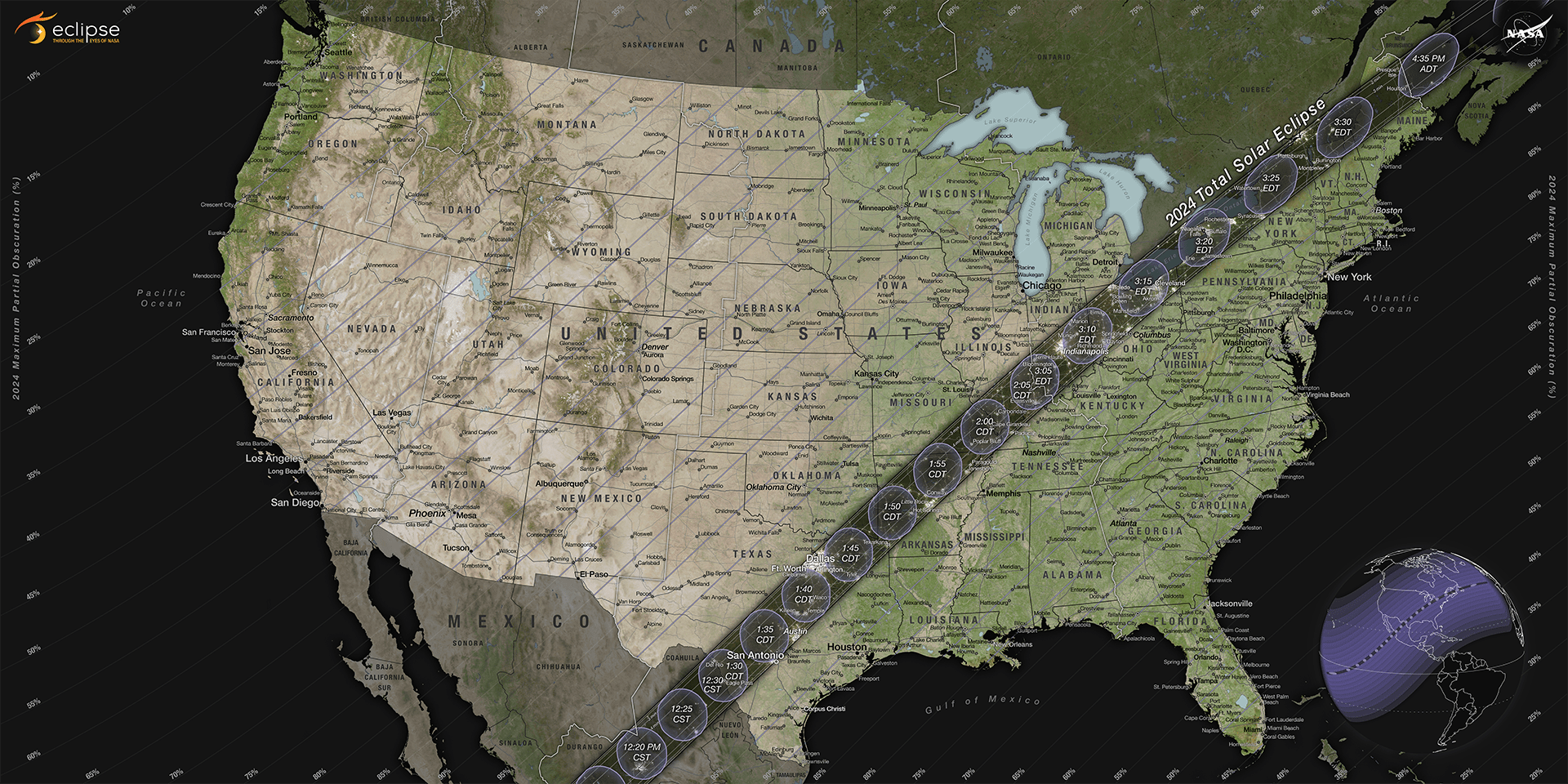NASA, on behalf of the National Oceanic and Atmospheric Administration (NOAA), has selected Johns Hopkins University’s Applied Physics Laboratory of Laurel, Maryland, to build the Suprathermal Ion Sensors for the Lagrange 1 Series project, part of NOAA’s Space Weather Next Program. This cost-plus-fixed-fee contract is valued at approximately $20.5 million and includes the development of two Suprathermal Ion Sensor instruments. The anticipated period of performance for this contract will run through Jan. 31, 2034. The work will take place at the awardee’s facility in Maryland, NASA’s Goddard Space Flight Center…
Read MoreTag: Heliophysics Division
30 Years On, NASA’s Wind Is a Windfall for Studying our Neighborhood in Space
5 min read 30 Years On, NASA’s Wind Is a Windfall for Studying our Neighborhood in Space An artist’s concept of NASA’s Wind spacecraft outside of Earth’s magnetosphere. NASA Picture it: 1994. The first World Wide Web conference took place in Geneva, the first Chunnel train traveled under the English Channel, and just three years after the end of the Cold War, the first Russian instrument on a U.S. spacecraft launched into deep space from Cape Canaveral. The mission to study the solar wind, aptly named Wind, held promise for…
Read MoreNASA to Launch Innovative Solar Coronagraph to Space Station
5 min read NASA to Launch Innovative Solar Coronagraph to Space Station NASA’s Coronal Diagnostic Experiment (CODEX) is ready to launch to the International Space Station to reveal new details about the solar wind including its origin and its evolution. Launching in November 2024 aboard SpaceX’s 31st commercial resupply services mission, CODEX will be robotically installed on the exterior of the space station. As a solar coronagraph, CODEX will block out the bright light from the Sun’s surface to better see details in the Sun’s outer atmosphere, or corona. In…
Read MoreNASA, ESA Missions Help Scientists Uncover How Solar Wind Gets Energy
5 min read NASA, ESA Missions Help Scientists Uncover How Solar Wind Gets Energy Since the 1960s, astronomers have wondered how the Sun’s supersonic “solar wind,” a stream of energetic particles that flows out into the solar system, continues to receive energy once it leaves the Sun. Now, thanks to a lucky lineup of a NASA and an ESA (European Space Agency)/NASA spacecraft both currently studying the Sun, they may have discovered the answer — knowledge that is a crucial piece of the puzzle to help scientists better forecast solar…
Read MoreRegistration Opens for the 2024 NASA International Space Apps Challenge
Earth (ESD) Earth Home Explore Climate Change Science in Action Multimedia Data For Researchers NASA invites a global community of innovators, technologists, storytellers, and problem solvers to register for the 2024 NASA Space Apps Challenge, the largest annual global hackathon. The annual event, held this year on October 5-6, fosters innovation through international collaboration by providing an opportunity for participants to utilize NASA’s free and open data and space-based data from space agency partners. “It takes a variety of skills and perspectives to launch a mission into space, and NASA’s…
Read MoreCelebrate the Heliophysics Big Year with Free Heliophysics and Math Webinars from NASA HEAT
2 min read Celebrate the Heliophysics Big Year with Free Heliophysics and Math Webinars from NASA HEAT The Heliophysics Big Year (HBY) is a global celebration of the Sun’s influence on Earth and the entire solar system. It began with the Annular Solar Eclipse on Oct. 14, 2023, continued through the Total Solar Eclipse on Apr. 8, 2024, and will conclude with Parker Solar Probe’s closest approach to the Sun in December 2024. Challenged by the NASA Heliophysics Division to participate in as many Sun-related activities as possible, the NASA…
Read MoreNASA Mission to Study Mysteries in the Origin of Solar Radio Waves
3 min read NASA Mission to Study Mysteries in the Origin of Solar Radio Waves NASA’s CubeSat Radio Interferometry Experiment, or CURIE, is scheduled to launch July 9, 2024, to investigate the unresolved origins of radio waves coming from the Sun. CURIE will investigate where solar radio waves originate in coronal mass ejections, like this one seen in 304- and 171-angstrom wavelengths by NASA’s Solar Dynamics Observatory. NASA/Goddard Space Flight Center Scientists first noticed these radio waves decades ago, and over the years they’ve determined the radio waves come from…
Read MoreNASA’s Wallops Flight Facility to Launch Student Experiments
4 min read Preparations for Next Moonwalk Simulations Underway (and Underwater) A Terrier-Improved Orion sounding rocket carrying students experiments for the RockOn! mission successfully launched from NASA’s Wallops Flight Facility Aug. 17, 2023 at 6 a.m. EDT. NASA/ Kyle Hoppes More than 50 student and faculty teams are sending experiments into space as part of NASA’s RockOn and RockSat-C student flight programs. The annual student mission, “RockOn,” is scheduled to launch from Wallops Island, Virginia, on a Terrier-Improved Orion sounding rocket Thursday, June 20, with a launch window that opens…
Read MoreThe April 8 Total Solar Eclipse: Through the Eyes of NASA
5 Min Read The April 8 Total Solar Eclipse: Through the Eyes of NASA A total solar eclipse is seen in Dallas on April 8, 2024. A total solar eclipse swept across a narrow portion of the North American continent from Mexico’s Pacific coast to the Atlantic coast of Newfoundland, Canada. A partial solar eclipse was visible across the entire North American continent along with parts of Central America and Europe. Credits: NASA/Keegan Barber On April 8, 2024, the Moon’s shadow swept across North America, treating millions to a breathtaking…
Read MoreScientists Pursue the Total Solar Eclipse with NASA Jet Planes
5 min read Scientists Pursue the Total Solar Eclipse with NASA Jet Planes The April 8, 2024, total solar eclipse will produce stunning views across North America. While anyone along the eclipse path with a clear sky will see the spectacular event, the best view might be 50,000 feet in the air, aboard NASA’s WB-57 jet planes. That’s where a trio of NASA-funded teams are sending their scientific instruments to take measurements of the eclipse. Two teams will image the Sun’s outer atmosphere – the corona – and a third…
Read More